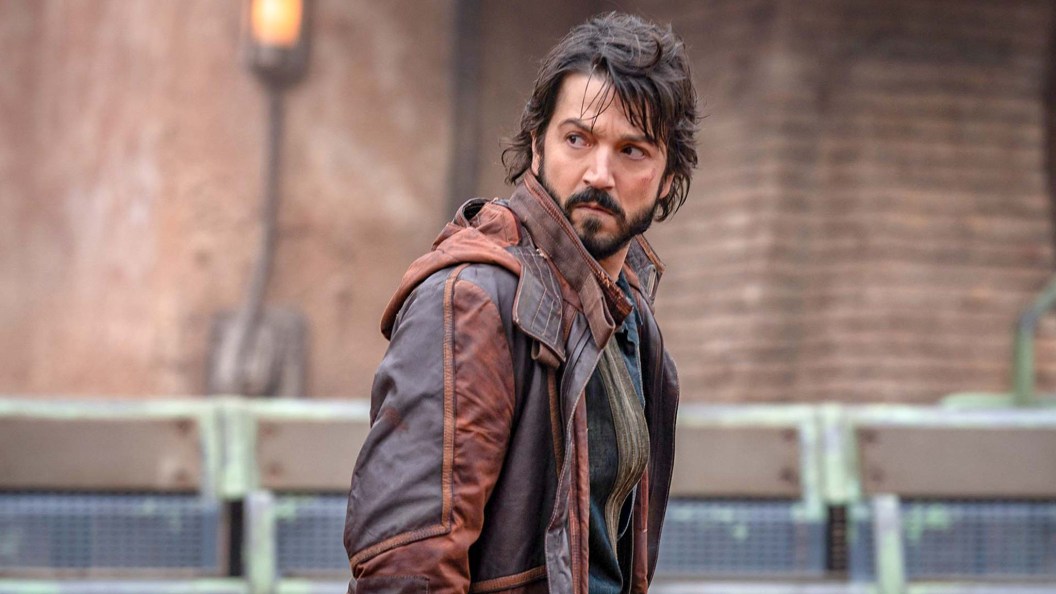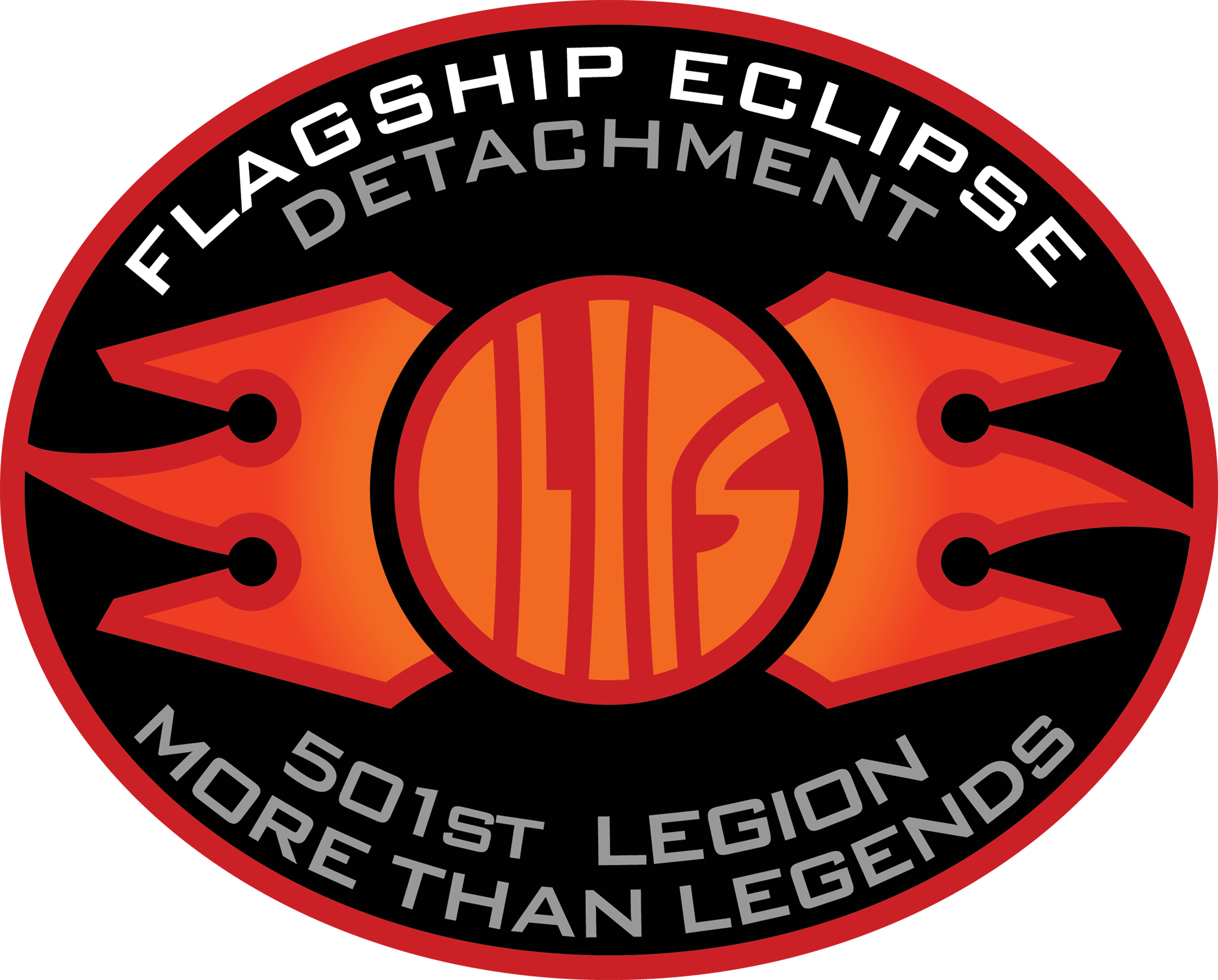
Andor’s return for its second and final season instantly reminds audiences why the Disney+ series became such a critical darling, as its grounded take on the Star Wars Universe dares to explore the failures and contradictions of the Rebellion. While the first season meticulously detailed the radicalization of Cassian Andor (Diego Luna) and the nascent sparks of rebellion against the Empire, Season 2 wastes no time throwing viewers and Cassian himself into unexpected territory.
The initial three-episode drop features Cassian navigating treacherous situations after a mission goes sideways, leading him to a familiar jungle moon, Yavin 4, the iconic future headquarters of the Rebel Alliance from Star Wars: A New Hope. Yet, this crucial piece of Star Wars geography isn’t introduced with fanfare or reverence. Instead, Andor presents Yavin 4’s earliest association with rebellion in the most hilariously ironic way possible.
WARNING: Spoilers below for Andor, Season 2, Episodes 1 and 2
For decades, Yavin 4 has held a legendary status within Star Wars lore. The hidden base, shielded by dense jungle and ancient Massassi temples, is where Princess Leia (Carrie Fisher) brought the stolen Death Star plans in the movie that started it all. In addition, Yavin 4 is the command center from which the desperate attack on the first Death Star was launched, a symbol of the Rebel Alliance’s courage and eventual triumph against overwhelming odds. Andor, however, delights in subverting expectations.

[RELATED: Andor Season 2 Just Confirmed That the Star Wars Universe Has Its Own Pop-Music Bangers]
The first arc of Andor Season 2 sees Cassian attempting to steal a prototype TIE fighter for Luthen Rael (Stellan Skarsgård), a mission that quickly spirals out of control. After managing a chaotic escape, he arrives at his rendezvous point, only to be ambushed and captured by armed people, later revealed to be rebels. It’s here, amidst the familiar verdant landscape revealed to be Yavin 4, that the irony truly lands. This particular group demonstrates no early promise as dedicated freedom fighters; instead, they are disorganized, bickering marauders more interested in battling amongst themselves than engaging the Empire. They argue over who gets to keep the stolen TIE craft Cassian brought, even resorting to the galactic equivalent of “rock-paper-scissors” to decide on leadership. Furthermore, their previous leader is dead, possibly at their own hands, highlighting a level of internal conflict that borders on the absurd.
Cassian, a character defined by his pragmatism and survival instincts honed through years of navigating dangerous underworlds and Imperial crackdowns, finds himself stuck with rebellious clowns, making the arc the most hilarious subplot in Andor yet. His exasperation becomes the audience’s own, creating humor from the sheer incompetence on display. This serves Andor’s purpose of showing that the Rebellion wasn’t born fully formed; instead, it had messy, awkward, and frankly embarrassing beginnings. Introducing Yavin 4, the eventual heart of the Alliance, through this lens is a masterstroke, undercutting the mythic origins often associated with revolutionary movements and reminding viewers that history is often far stranger and more chaotic than the polished versions remembered later.
Andor Season 2 Continues to Demystify the Rebel Alliance

Andor consistently emphasizes the immense difficulty and moral ambiguity inherent in building a resistance movement. It’s a slow, dangerous grind undertaken by flawed people, often driven by desperation or personal vendettas rather than pure idealism. Presenting Yavin 4 — a location synonymous with the Rebellion’s eventual strategic competence and heroic stand in A New Hope — as initially occupied by such a shambolic outfit is a potent narrative choice. It vividly illustrates that the journey from scattered, often ineffective pockets of resistance to a unified Alliance capable of challenging Imperial might was fraught with failure, inefficiency, and individuals simply unsuited for the task. This approach demystifies the Rebellion’s origins, replacing a potentially simplistic narrative of inevitable good triumphing over evil with a more complex, believable account of how movements are painstakingly assembled, often despite the shortcomings of those involved.
Beyond its thematic resonance, this disastrous first encounter on Yavin 4 holds significant potential for Cassian’s character arc and future plot developments. Cassian’s experience with the disorganized fighters paradoxically highlights the location’s strategic advantages, as its remoteness and the lack of serious Imperial attention make it an overlooked backwater. This frustrating experience could lead him to later suggest to Mon Mothma (Genevieve O’Reilly) or General Draven (Alistair Petrie) that Yavin 4 offers the perfect blend of obscurity and potential for the hidden base seen in Rogue One: A Star Wars Story.
What do you think of Andor Season 2’s ironic introduction to such an iconic Star Wars location? Let us know in the comments!
The post Andor Season 2 Introduces An Iconic Star Wars Location In the Most Ironic Way Possible (And It’s Hilarious) appeared first on ComicBook.com.
